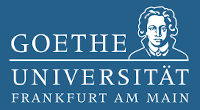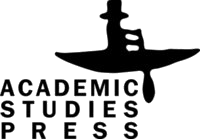Sebezh “Idol” Pestun: Family Values and Museum Mythology
DOI:
https://doi.org/10.31168/2658-3356.2020.15Keywords:
archaeological finds, idol, veneration of stones, museum mythologyAbstract
The Sebezh History museum’s collection contains two stones that resemble anthropomorphic figures. Unfortunately, their origin is known only from the words of K.M. Gromov, the museum director in the 1953–1970s. According to K.M. Gromov, one stone was found in a swamp near the village of Tekhomichi, 6 km from Sebezh. The only testimony of the idol veneration is the note by peasant of this village E.E. Glushakov, dating back to 1906. It describes the veneration of the stone by the villagers as giving healing, in particular from infertility. Unfortunately, its source is not known. Having already become a museum piece, the statue acquired the name Sebezhsky idol and the name Pestun (Fosterer), grammatically male, despite the fact that, according to the remarks of the museum staff, it is a female figure. Museum staff since the 1960s–1970s support the idea that the idol heals infertility and gives children. In the 1990s–2000s rites with the idol acquire some new details and prescriptions. So, now we have not only a formed ritual of worshiping a museum exhibit, but also the structure of his cult and a program of ritual practices, persistently proposed by the museum staff.












